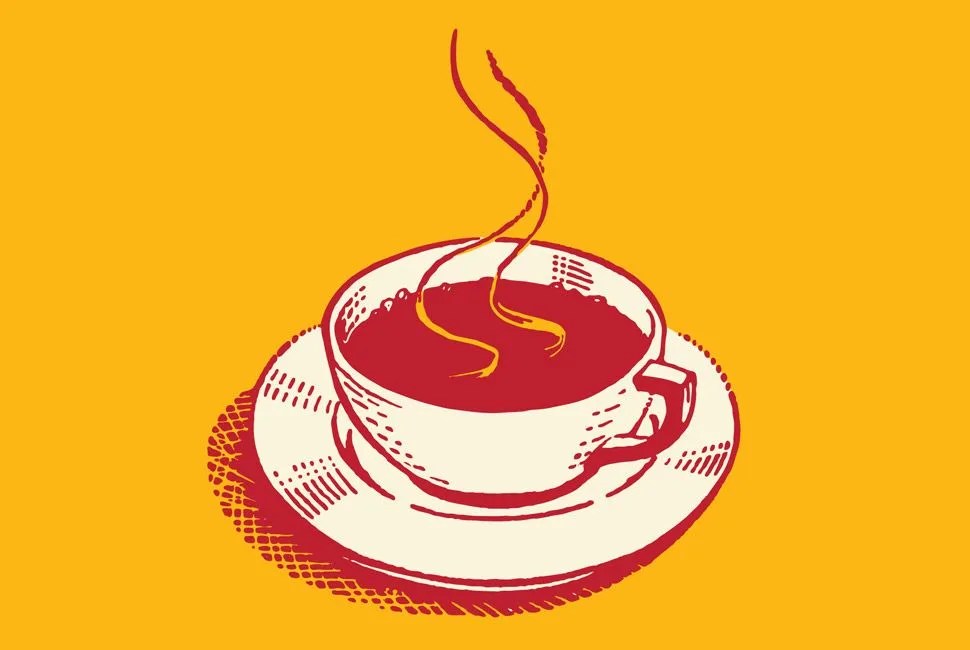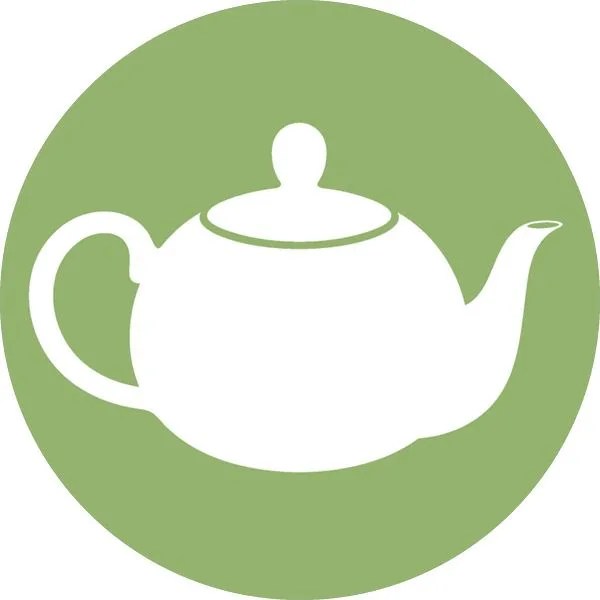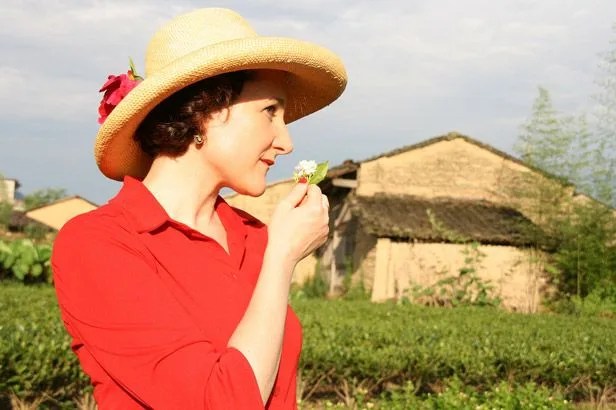After water, the world’s second most consumed beverage isn’t cola, wine or beer — it’s tea. Yet, surprisingly, not many people know how to make it properly. Two famous English authors, Christopher Hitchens and George Orwell, tried their hand at educating the masses in their respective articles, How to Make a Decent Cup of Tea and A Nice Cup of Tea. While both made good points (use loose tea instead of bags), they also made some mistakes (boiling water isn’t always ideal) and left out some key information to help best understand what makes good tea good. We all agree that the first place to start, though, is by killing the tea bag.
The origin of the industrially processed tea found in most bags today can be traced back to England, where they’ve always had a strong affinity for the stuff. Before WWII the English “spent more of their incomes on [high-quality tea] than alcohol”, says Henrietta Lovell, founder of London’s Rare Tea Company, which provides tea to high-end hotels and restaurants in the US and Europe, including Hollywood’s Chateau Marmont, Del Posto in New York and London’s Ace Hotel. World War II came and England, surrounded by a German blockade, rationed their supplies. According to Lovell, tea was one of the only government-rationed commodity, alongside food and fuel, since it was so vital to national morale. “Beer wasn’t rationed”, she says. “Whiskey wasn’t rationed. Wine wasn’t rationed. Tea was rationed.” But as its scarcity increased, its quality suffered drastically. Thus England was introduced to cheap, industrialized tea.
Today, industrialized tea is the norm. It’s convenient and affordable. But there’s better tea to be sipped, so in the tradition of Orwell and Hitchens we’ve worked with Lovell to better understand how to drink a good cup of tea, starting with choosing great-tasting loose teas over bags. This is how it’s done.

1Kill the tea bag. The tea bag is essentially an outdated convenience. Lovell equates making tea with a tea bag to instant coffee: compromising taste for efficiency. It’s time to forget the tea bag and invest in actual loose leaves.

The first reason why tea bags make crap teas is their leaves, which are industrialized and lower quality. According to Lovell, this industrial process destroys all the leaf’s amino acids, polyphenols and other flavorful ingredients. The only flavorful asset left are the tannins, which are essentially bitters, and only dissolve in boiling water. On the other hand, high-quality loose teas are filled with amino acids and polyphenols, which dissolve at lower temperatures, so they don’t require boiling water.





